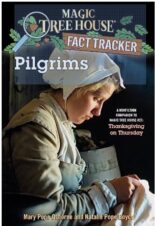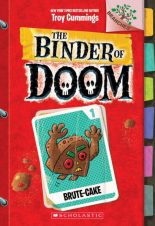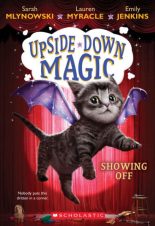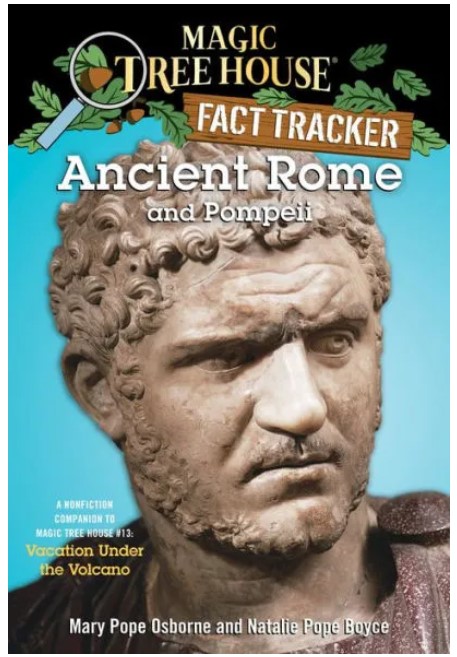
Buy This Book
Other books by Mary Pope Osborne & Natalie Pope Boyce
“At the peak of the empire, 300,000 soldiers swore absolute loyalty to the emperor and to their generals. The Roman Empire would not have been possible without the army.” –Ancient Rome and Pompeii
Ancient Rome and Pompeii
Magic Tree House Fact Tracker
by Mary Pope Osborne & Natalie Pope Boyce
AR Test
7+
Score
5.2
128
When Jack and Annie got back from their adventure in Magic Tree House #13: Vacation Under the Volcano, they had lots of questions. How did ancient Rome become an empire? Where did ancient Romans go for fun? And what happened to the Roman town of Pompeii? Find out the answers to these questions and more as Jack and Annie track the facts.
Jack and Annie go to Pompeii and experience the volcanic eruption that buried the city. Ancient Rome and Pompeii gives more information about the history of Rome and introduces many of the historical figures of the time, including Julius Caesar, Octavian, and Cleopatra. In addition, the book discusses some of the people who tried to fight the Romans. By reading Ancient Rome and Pompeii, readers will learn more about the politics and culture of the Romans and how Ancient Rome impacted our world.
This nonfiction story begins with the myth of Romulus and Remus and how Romulus founded Rome. While Vacation Under the Volcano only shows Pompeii, Ancient Rome, and Pompeii go into great detail about the Roman empire, the gladiators, the soldiers, and the construction of Rome. Curious readers will find The Magic Tree House Fact Tracker full of interesting facts that are new.
Ancient Rome and Pompeii explain how the Romans believed in many gods. It also explains that many of the Romans’ beliefs are now considered myths. Emperor Caligula, who was eventually killed by his guards, believed he was the god Jupiter. Rome’s history is violent, and the book discusses many of the political leaders who were killed or committed suicide. The language is kid-friendly, but the deaths may upset or confuse some readers.
Ancient Rome and Pompeii is packed with information that is easily digestible for young readers. Many tools help a young audience follow along. For example, each chapter is broken into small sections with historical information, and the illustrations break up the text into much smaller pieces. Pictures of Jack and Annie appear along the margins, giving readers more information and defining vocabulary words. The story also gives examples that will help readers understand concepts. For example, the Roman army had to march twenty miles carrying sixty pounds. The illustration shows Jack carrying a golden retriever with the caption: “Lugging sixty pounds around is like carrying a golden retriever on your back.”
The Magic Tree House Fact Tracker presents nonfiction information in a way that will engage young readers. The book is perfect for readers interested in research because the author includes the best way to research Rome and more resources such as books, videos, and museums. Filled with up-to-date information, photos, illustrations, and fun tidbits from Jack and Annie, the Magic Tree House Fact Trackers are the perfect way for kids to learn more about the topics they discovered in their favorite Magic Tree House adventures. Learn more about ancient history by reading Through Time: Pompeii by Richard Platt and The Curse of King Tut’s Mummy by Kathleen Weidner Zoehfeld.
Sexual Content
- None
Violence
- The god Mars had two sons, Romulus and Remus. They built a city, and then “a fight broke out over who would be in charge of the city. Romulus killed Remus.”
- The Romans went to the “Colosseum to see bloody sports—sports where people and animals died terrible deaths.”
- Gladiators were prisoners and slaves. “Some were freemen who got paid for fighting. Gladiators usually fought to the death. But if a fearless fighter was wounded, the emperor could spare his life.” There is a picture of two gladiators with their weapons.
- Centurions trained Roman soldiers. “The training was strict and brutal. Punishment included beatings and even death.”
- A section describes the “Roman War Machines,” including catapults, ballistae, and flamethrowers. “Soldiers loaded [the ballista] with rocks or pointed metal bolts that shot out at about 115 miles an hour! Anything in their path was immediately destroyed.”
- Carthage and Rome fought in the Punic Wars. “Years after Hannibal’s death, the Romans attacked Carthage and burned it to the ground.”
- “Julius Caesar’s army began a siege on Avaricum, a walled town in Gaul . . . Roman soldiers clambered over the walls . . . Death and destruction rained down upon the Gauls.”
- Julius Caesar ruled Rome. “He was such a strong leader that many feared he wanted to be crowned king. . . Several senators, including his friends Brutus and Cassius, planned to kill him. . . As Caesar sat down, the men grabbed him around the neck and began stabbing him. They stabbed him twenty-three times.”
- The book lists many people who committed suicide, including Cleopatra and Mark Antony. Some say Cleopatra died because of a poisonous snake bite.
- Queen Boudicca from Iceni refused to pay Roman taxes. “As punishment, the Romans tied Boudicca and her daughters to posts and beat them.” In retribution, Queen Boudicca went on a rampage “through the countryside. Thousands of people died.” When Queen Boudicca realized she would lose, she “drank poison rather than allow herself to be captured by her enemies.”
- The Roman emperor Caligula “behaved very badly when he was emperor. He killed anyone he wanted to.” Eventually, “his own guards murdered him.”
- Emperor Nero felt his mother was too powerful, “so he decided to poison her.” The poison did not work, and Nero tried to kill her several more times. “Finally, Nero ordered his soldiers to stab her to death. This time Nero succeeded!”
- People hated Nero. “Knowing that he would lose his thrown, Nero committed suicide.”
- A volcano destroyed Pompeii. “People were knocked down and lay where they fell.” The volcano’s explosion is described over two pages.
Drugs and Alcohol
- None
Language
- None
Supernatural
- None
Spiritual Content
- The god Mars had two sons, Romulus and Remus, who were raised by a shepherd. Legend says Romulus founded Rome.
- Since they worshiped many gods, the Romans built the Pantheon and dedicated it to all the gods.
- Caligula “demanded that everyone bow down to his horse. Finally, Caligula built a temple for himself. He thought he was the god Jupiter.”
- Every Roman street had shrines for their gods. The book lists the Roman gods, including Jupiter, Juno, Mars, Ceres, Neptune, Venus, Diana, Vesta, Mercury, and Vulcan.
Other books by Mary Pope Osborne & Natalie Pope Boyce
“At the peak of the empire, 300,000 soldiers swore absolute loyalty to the emperor and to their generals. The Roman Empire would not have been possible without the army.” –Ancient Rome and Pompeii
Latest Reviews
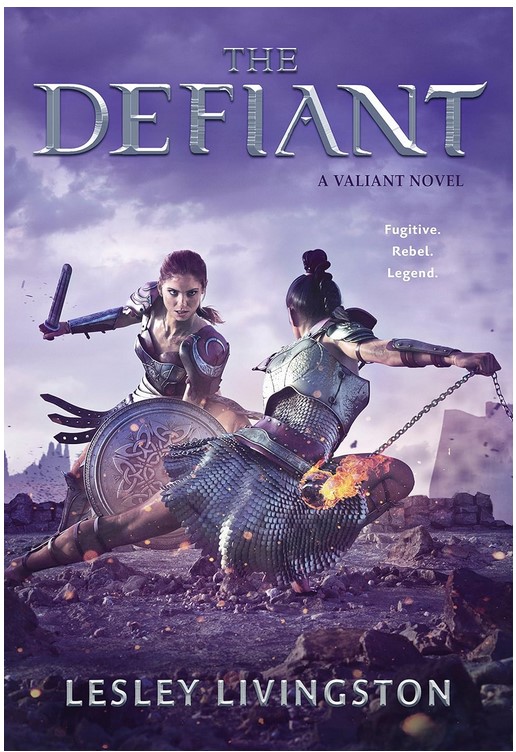
The Defiant
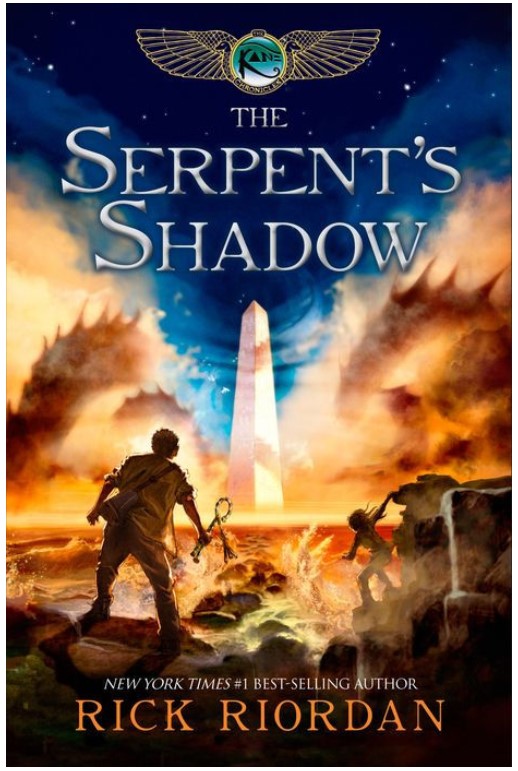
The Serpent’s Shadow

Hispanic Star: Selena Gomez

Alex Morgan
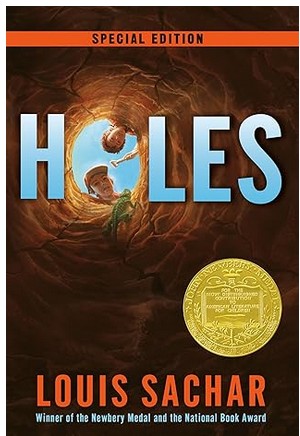
Holes
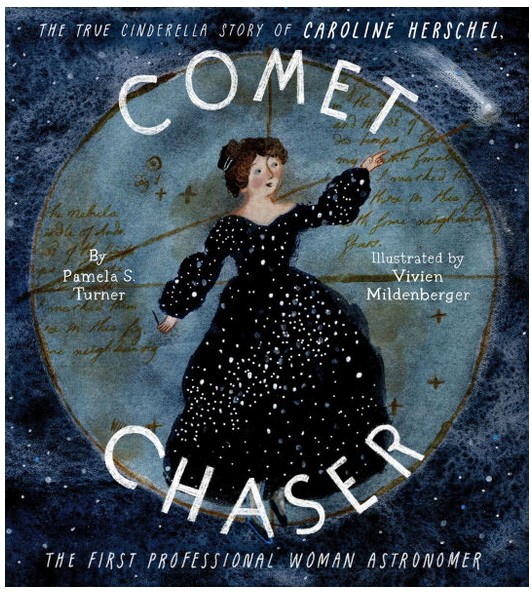
Comet Chaser

Jane Goodall: Groundbreaking Primatologist

What If You Had Animal Eyes!?
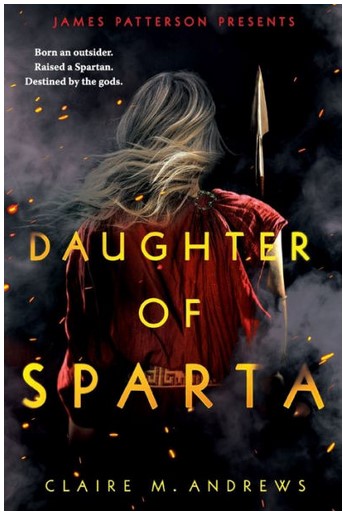
Daughter of Sparta

